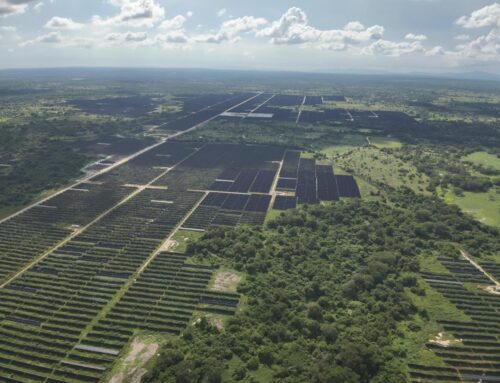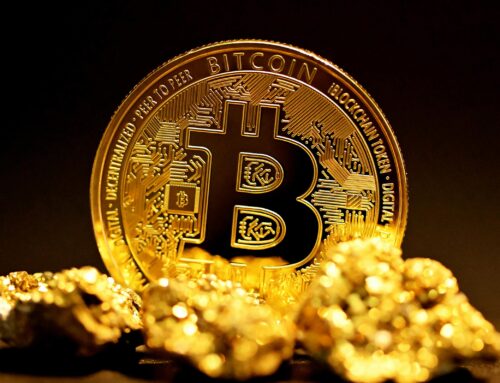Too much of a green thing
June 5, 2025
Where does our energy come from; how is it produced; who pays the price for it; and how much consumption is enough? If you listen to EU policymakers and read their policy initiatives, you would be forgiven for thinking that, with Europe no longer dependent on Russia, energy is in fairly easy and abundant supply. After all, aren’t we mostly using renewable energy now, and, well, isn’t it renewable…? What can be the harm in that? But the true story is not so simple.
Whilst the European Green Deal contains some positive commitments, targets and proposals, many of these are based on half-truths. On World Environment Day, it is time to get to the heart of our energy problem.
An area of forest the size of 18 football fields will be destroyed every day for the next 25 years to meet the EU’s demand for electric vehicles alone.
In 2023, 24.5 per cent of the EU’s total energy came from renewable sources, such as solar, wind, water and geothermal. While we need renewable energy to leave fossil fuels behind, and while these energy sources are theoretically ‘clean’, the whole process needed to create renewable energy is not. In fact, renewable energy comes with many negative environmental impacts and can, ironically, undermine climate action.
Mining – essential for extracting materials like copper (used in solar panels and wind turbines), lithium (used in electric batteries) and other minerals – is among the most environmentally hazardous human activities. Its harmful consequences for the environment are well-documented: habitat loss, threats to endangered species, water contamination and hazardous waste. In fact, under current scenarios, an area of forest the size of 18 football fields will be destroyed every day for the next 25 years to meet the EU’s demand for electric vehicles alone.
In addition, the infrastructure required for renewable energy is paradoxically highly dependent on fossil fuels. For example, building solar panels and wind turbines requires vast amounts of steel, concrete and glass — all products of emissions-intensive industries. Renewable energy is not ‘clean energy’.
Who pays the price?
Renewables also come with serious social consequences.
New EU mining projects are opened in countries where many conflicts and reported human rights violations related to mining occur, such as the Democratic Republic of Congo. In such fragile contexts, the mining sector is marked by severe abuses, including labour rights violations, child labour, forced displacement, gender-based violence and the exacerbation of local conflicts. Even in more stable settings, including parts of Europe, mining operations are frequently associated with unsafe working conditions and unfair wages. Often controlled by private companies, these projects also typically exclude local communities from decisions about how their countries’ natural wealth is used.
At the same time, many of the sustainable energy measures proposed in the European Green Deal could disproportionately affect low-income households in Europe. The measures could lead to a 20 per cent increase in energy costs for these households, who often cannot afford more energy-efficient devices, renovations or renewable energy upgrades such as solar panels. In 2024, between eight and 16 per cent of the EU population faced energy poverty. The EU’s Social Climate Fund, meant to solve some of these issues, does not have anywhere near the financial resources needed to tackle the challenges.
How much energy is enough?
While the production and consumption of renewable energy has increased, this growth has been supplementing rather than substituting most fossil fuel energy. This is due to an ever-increasing energy demand in Europe. Currently, the EU makes up six per cent of the world’s population, yet consumes 25-30 per cent of metals (like copper and lithium) produced globally. Projections show high future demand for critical raw materials in the EU. Demand for aluminium – key to solar panels – is expected to increase by 543 per cent by 2050.
This is totally unsustainable. We cannot continue to consume energy and raw materials at this pace. It is neither fair to people nor to the planet. Nor is it realistic if we want a future for human life on Earth. Yet, EU policy remains focused on meeting growing energy demand and improving energy efficiency rather than reducing that demand altogether.
In Europe, our relationship with energy has become toxic.
While the demand for renewable energy and the associated materials is naturally increasing as we rightly move away from fossil fuels, Europe’s energy and climate policies should meet real needs, not fuel unjust and unsustainable consumption. For example, we should prioritise investing in public transport over the electrification of all private cars.
The choices we make regarding how we produce energy, how much we need and who pays the price for it tell us a lot about the kind of economy and society we have built. In Europe, our relationship with energy has become toxic. It is shaped by a drive for endless growth, economic security and competitiveness — but for what and at what cost? This focus has fuelled a model of prosperity built on consumerism and constant expansion. As a result, basic needs, especially of people living in marginalised situations, in Europe and globally, are often neglected while unsustainable lifestyles continue unquestioned. At the heart of the problem lies the EU’s refusal to question – and reckless attempts to maintain – a system in which more energy and more growth are always better.
We need to rethink not only our energy model, but also our economic model — moving from an economy that demands ever-increasing amounts of energy for endless growth to one that puts human dignity at its heart.
Search
RECENT PRESS RELEASES
Related Post



